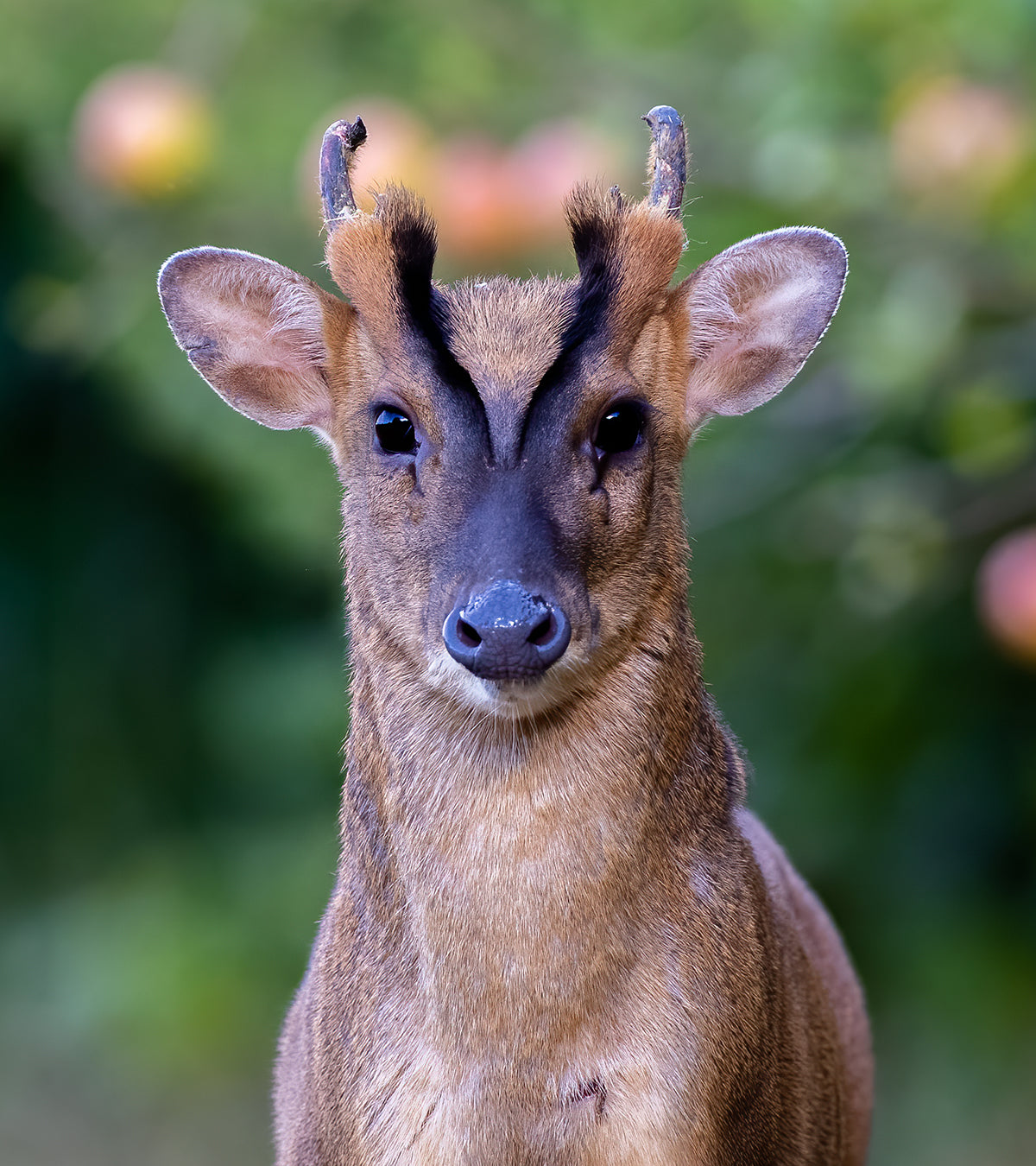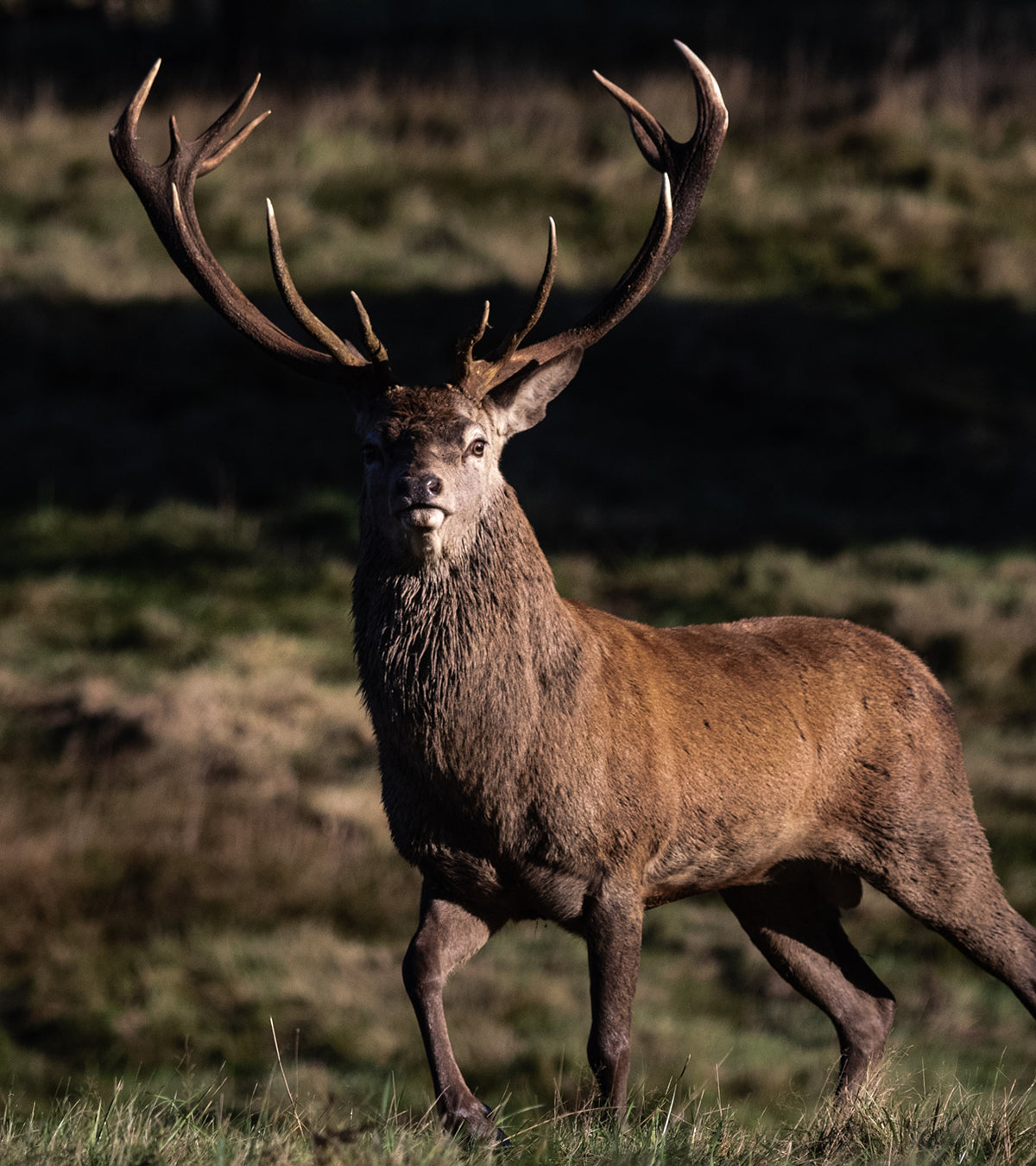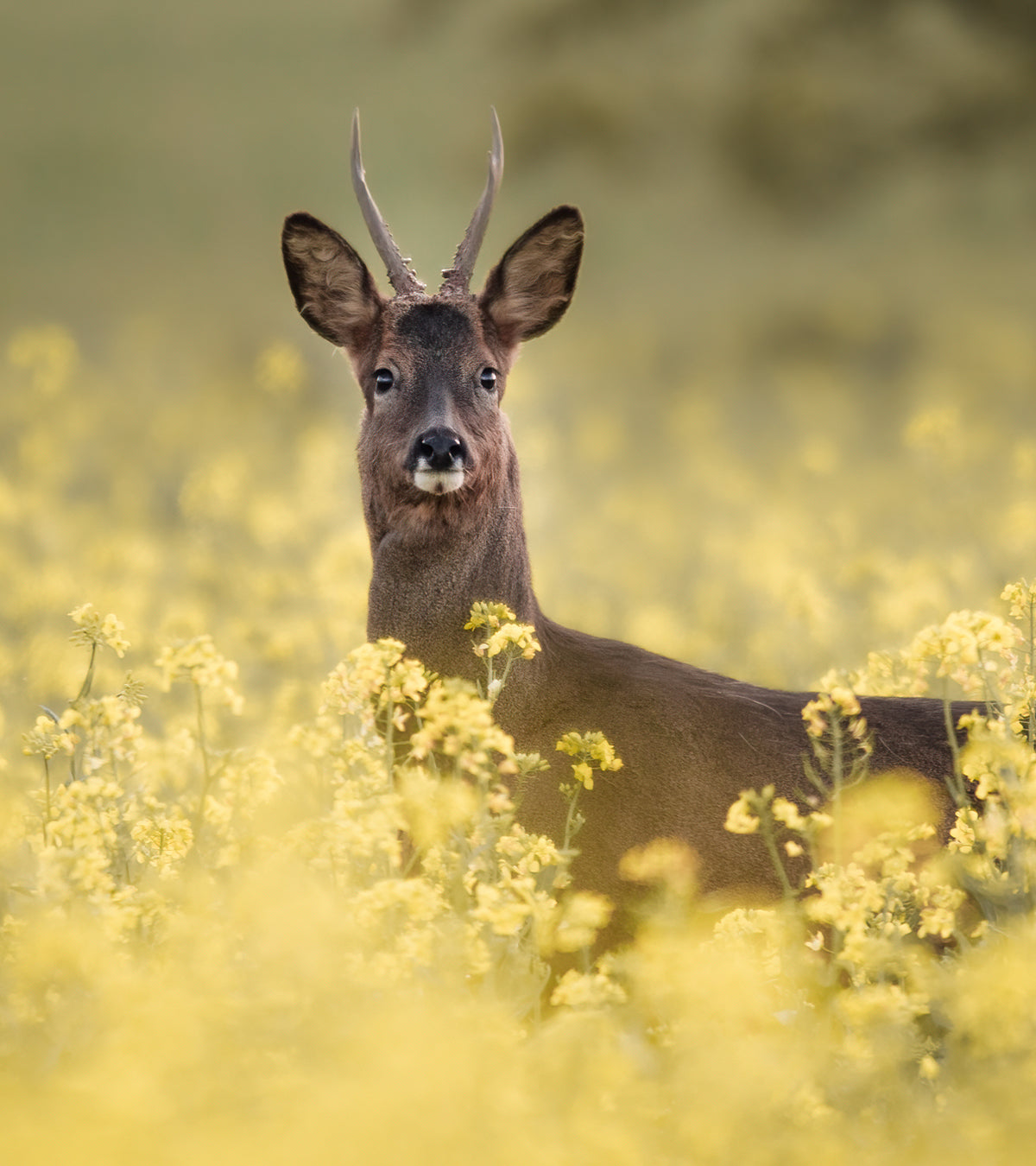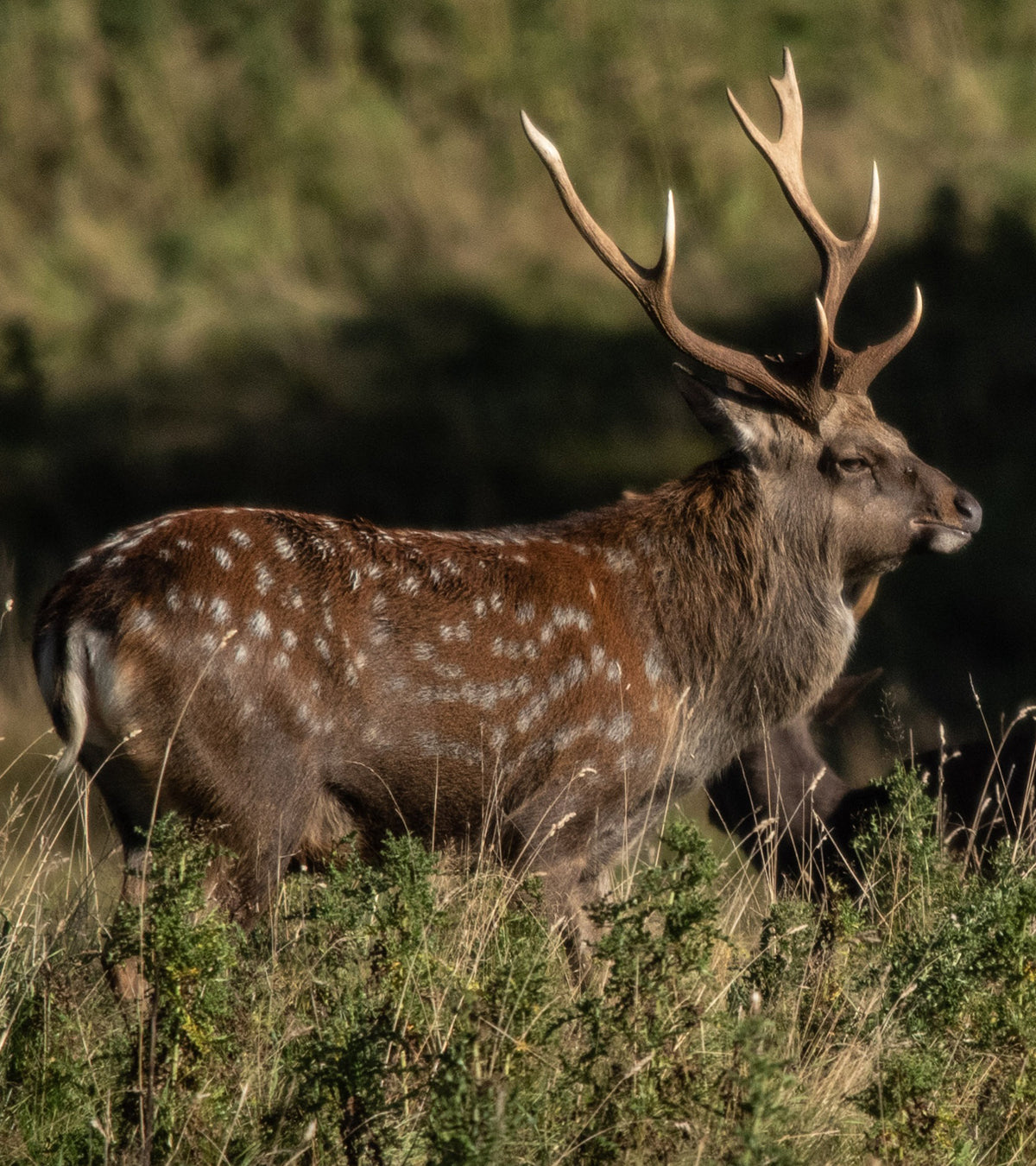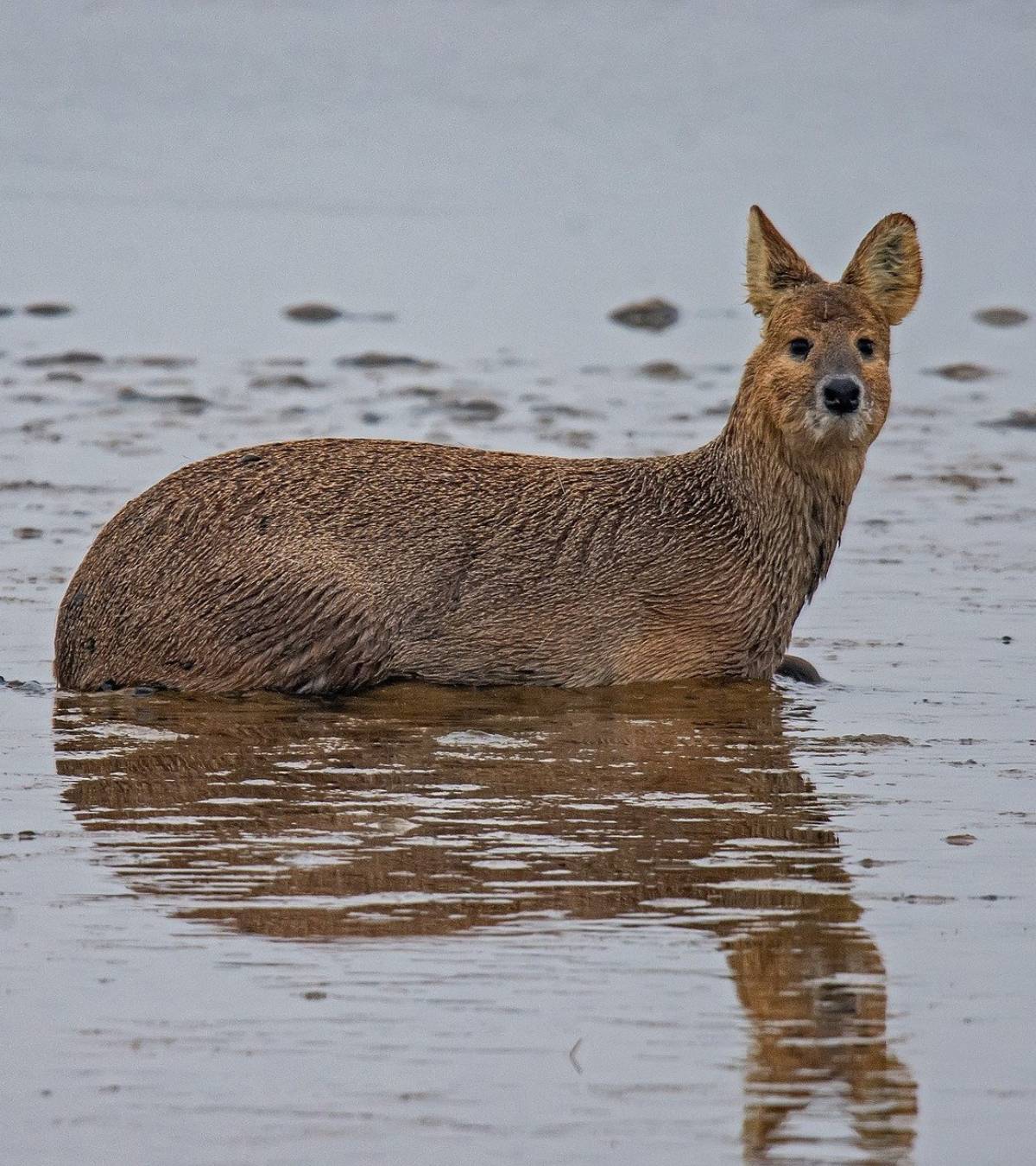Wild Boar (Sus Scrofa)
Wild boar (Sus Scrofa) are historically native to Britain, however they became extinct around the 13th century due to over hunting and habitat loss. However, in recent decades wild boar populations have made a steady resurgence and are now widespread throughout the UK and Ireland.
Wild boar can have both positive and negative impacts on ecosystems. Positively, they contribute to seed dispersal through their faeces, help control insect populations by feeding on them, and their rooting behaviour can aerate and turnover soil, promoting plant growth and diversity. However, they can also negatively impact ecosystems by damaging crops, grazing on young trees, and disturbing soil and vegetation through their rooting behaviour, which can lead to erosion and changes in plant composition.
To manage their populations, efforts have been made to monitor and control wild boar numbers via culling and other management strategies. However, their status and management remain a subject of ongoing discussion and research in the UK.
Considered a large game species, fully grown adult males are typically 70-95cm tall at their shoulder, weighing up to 220kg. Females are referred to as ‘sows’, with the male of the species called a ‘boar’. The UK’s annual mating season is from November to January; sows typically producing a litter size of 4-7 piglets. Females and young (mixed-sex) typically live in groups led by the oldest sow; fully grown males preferring a solitary existence – other than mating season. While daytime hunting opportunities are possible, hunting boar in the UK has become significantly more successful with the use of thermal optics under the darkness of night.
Where to find Wild Boar with Jeger Guides & Outfitters?
Deliberately reintroduced, wild boar have adapted well and are rapidly breeding in the UK countryside; their return sparking much debate and controversy. Populations have spread to various parts of the country, with notable concentrations in areas such as the Forest of Dean in Gloucestershire and the Kent / Sussex border. While some welcome their presence as a restoration of a native species and an opportunity for wildlife enthusiasts, others are concerned about the damage to crops, habitats, and their potential to carry African Swine Fever.





